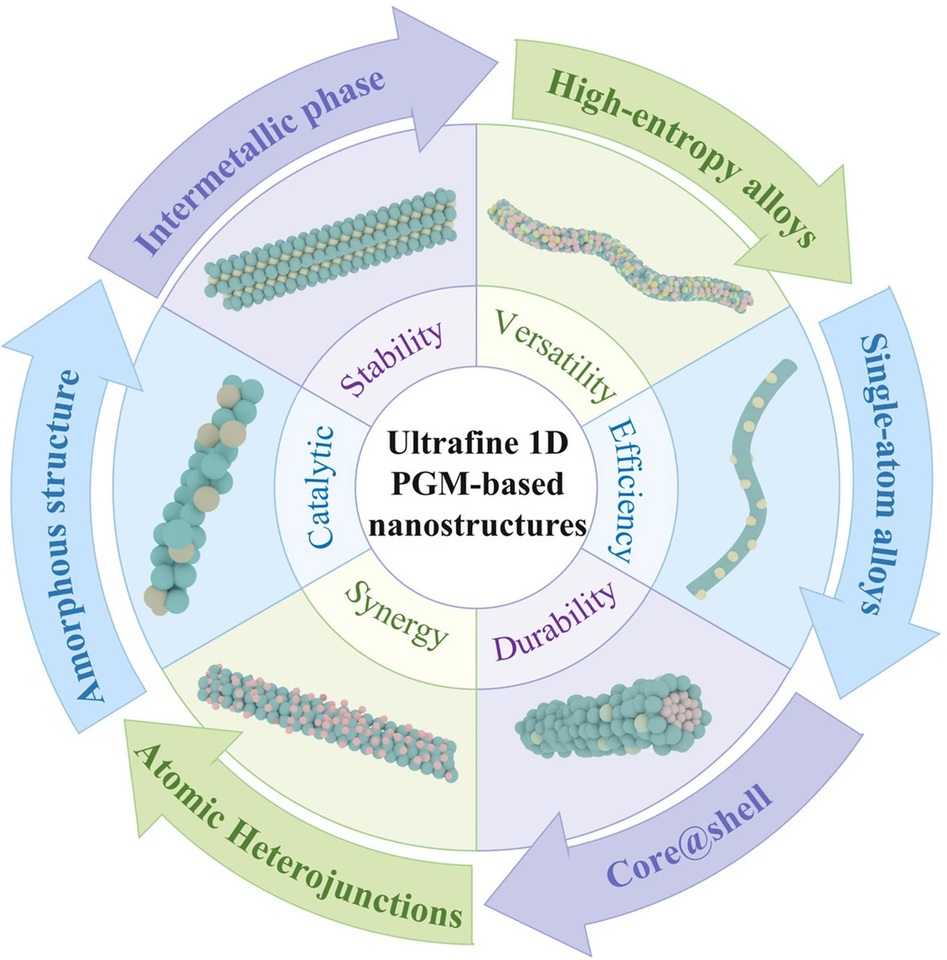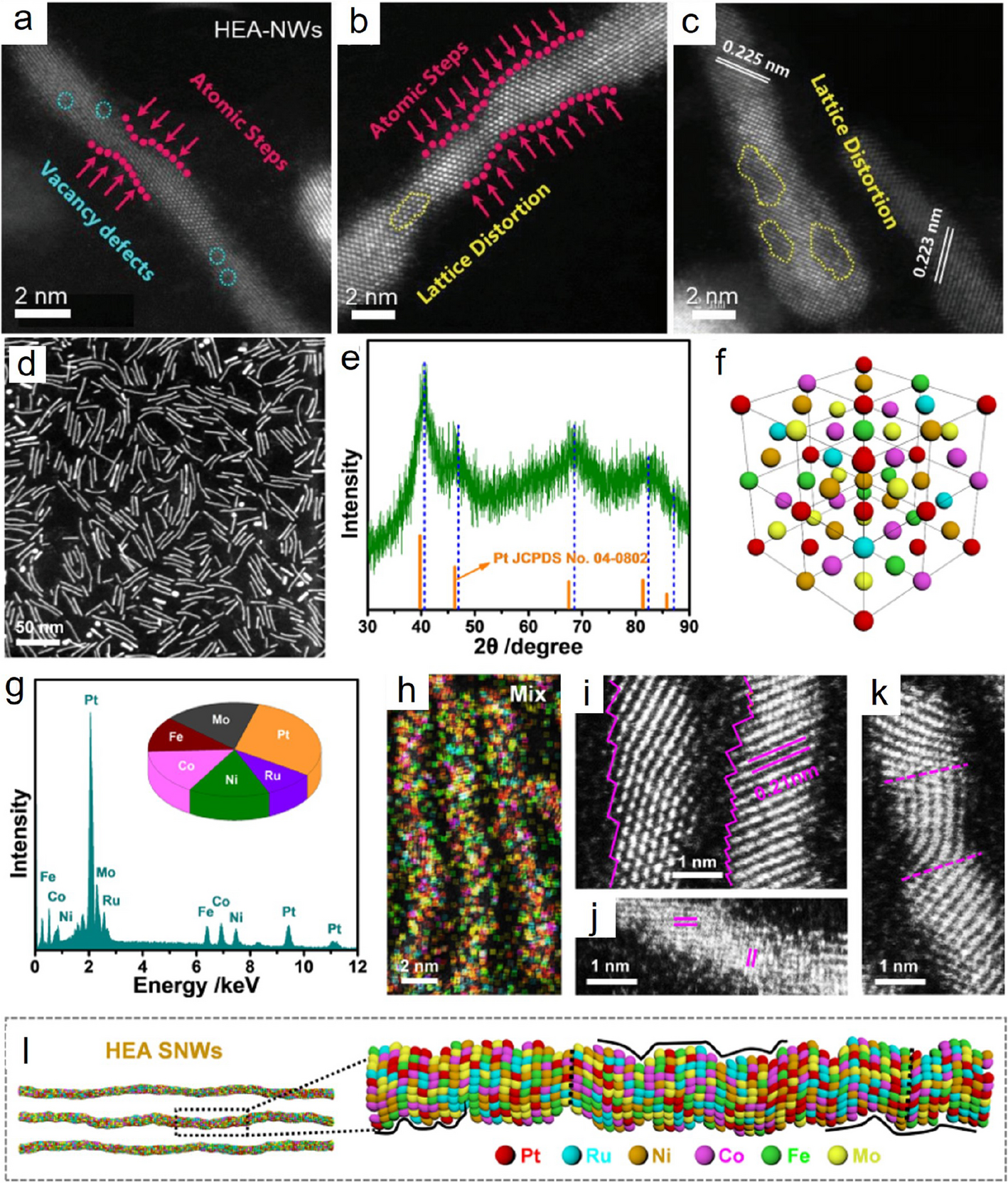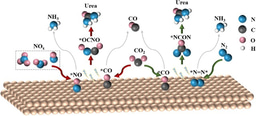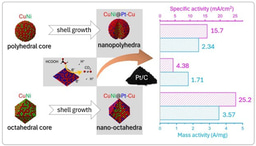Atomic Alchemy: PGM Nanowires Unlock the Future of High-Efficiency Fuel Cells

In our recent review published in Catal (2025), we present a comprehensive overview of the latest advances in ultrafine one-dimensional (1D) platinum group metal (PGM)-based nanostructures and their pivotal role in fuel cell electrocatalysis. These sub-5 nm nanowires exhibit unique anisotropic architectures, high atomic utilization, and exceptional structural stability, making them ideal candidates for next-generation energy conversion technologies.
We systematically discuss six advanced structural regulation strategies—high-entropy alloys, single-atom alloys, intermetallic phases, amorphous structures, core@shell architectures, and atomic heterojunctions—that enable precise control over electronic structures and active sites. These strategies have demonstrated remarkable improvements in catalytic activity, durability, and selectivity across key fuel cell reactions, including the oxygen reduction reaction (ORR), hydrogen oxidation reaction (HOR), alcohol oxidation reaction (AOR), and formic acid oxidation reaction (FAOR).
Key Insights:
- Atomic-level structural modulation is essential for unlocking high-performance electrocatalysts.
- Ultrafine 1D PGMs offer superior mass activity and CO tolerance compared to conventional catalysts.
- The integration of multiple design strategies enables tailored reaction pathways and enhanced kinetics.
- Despite significant progress, challenges remain in scalable synthesis and long-term operational stability.
- Future research should expand to rare PGMs and deepen mechanistic understanding under real-world conditions.
Significance of the Work:
This review aims to bridge the gap between atomic-scale design and practical application in fuel cell technologies. By highlighting the synergy between structure and function, we provide a roadmap for the rational development of cost-effective and durable electrocatalysts. Our insights are intended to inspire further innovation in clean energy catalysis and accelerate the deployment of sustainable fuel cell systems.
Authors & Institutions:
-
Xiyue Zhang, Wen Zhang, Fei Gao, Yangping Zhang
School of Environmental and Chemical Engineering, Jiangsu University of Science and Technology, Zhenjiang, China -
Xiaoqing Huang
State Key Laboratory of Physical Chemistry of Solid Surfaces, College of Chemistry and Chemical Engineering, Xiamen University, Xiamen, China
Follow the Topic
-
Catal

Catal is an open access journal covering full spectrum of catalysis critical advances. From biocatalysts to heterogeneous catalysts, it integrates fundamental and applied sciences. Catal offers a primary platform for researchers and practitioners in the field.
Related Collections
With Collections, you can get published faster and increase your visibility.
Bio-Catalysis in Circular Bioeconomy and Green Chemistry
This collection emphasizes the role of bio-catalysis in advancing the circular bioeconomy, focusing on enzymatic transformations and eco-friendly processes that valorize renewable feedstocks. Contributions should highlight innovative applications of bio-catalysis in waste-to-value systems, biorefineries, and green chemical synthesis.
Catal invites research articles, reviews and reports on the topic of the development of enzymes, metabolic engineering, and integration of bio-catalysis into industrial processes, aiming to reduce dependency on fossil-based resources and promote sustainable practices.
Publishing Model: Open Access
Deadline: Dec 31, 2025
Nanocatalysis and Thermocatalysis in Precision Chemical Synthesis
This collection, hosted by Catal, highlights the intersection of nanocatalysis and thermocatalysis in precision chemical synthesis. It aims to disseminate cutting-edge research that drives innovation in catalytic materials, selective processes, and reaction pathways, fostering advancements in the production of fine chemicals and specialty compounds. Aligned with Catal's mission to prioritize impactful catalytic applications, this collection welcomes contributions from established and early-career researchers that advance both theoretical and applied catalysis.
The collection embraces the breadth of Catal’s coverage, including topics such as nanostructured catalysts, thermocatalytic processes, and advanced synthesis strategies. Contributions may explore catalytic mechanisms, computational modeling, or experimental breakthroughs, offering insights into scalable industrial applications and fundamental research. Articles types—original research, reviews, perspectives, and analyses—are all encouraged, ensuring a diverse platform for sharing high-impact advancements in catalysis.
Publishing Model: Open Access
Deadline: Dec 31, 2025






Please sign in or register for FREE
If you are a registered user on Research Communities by Springer Nature, please sign in